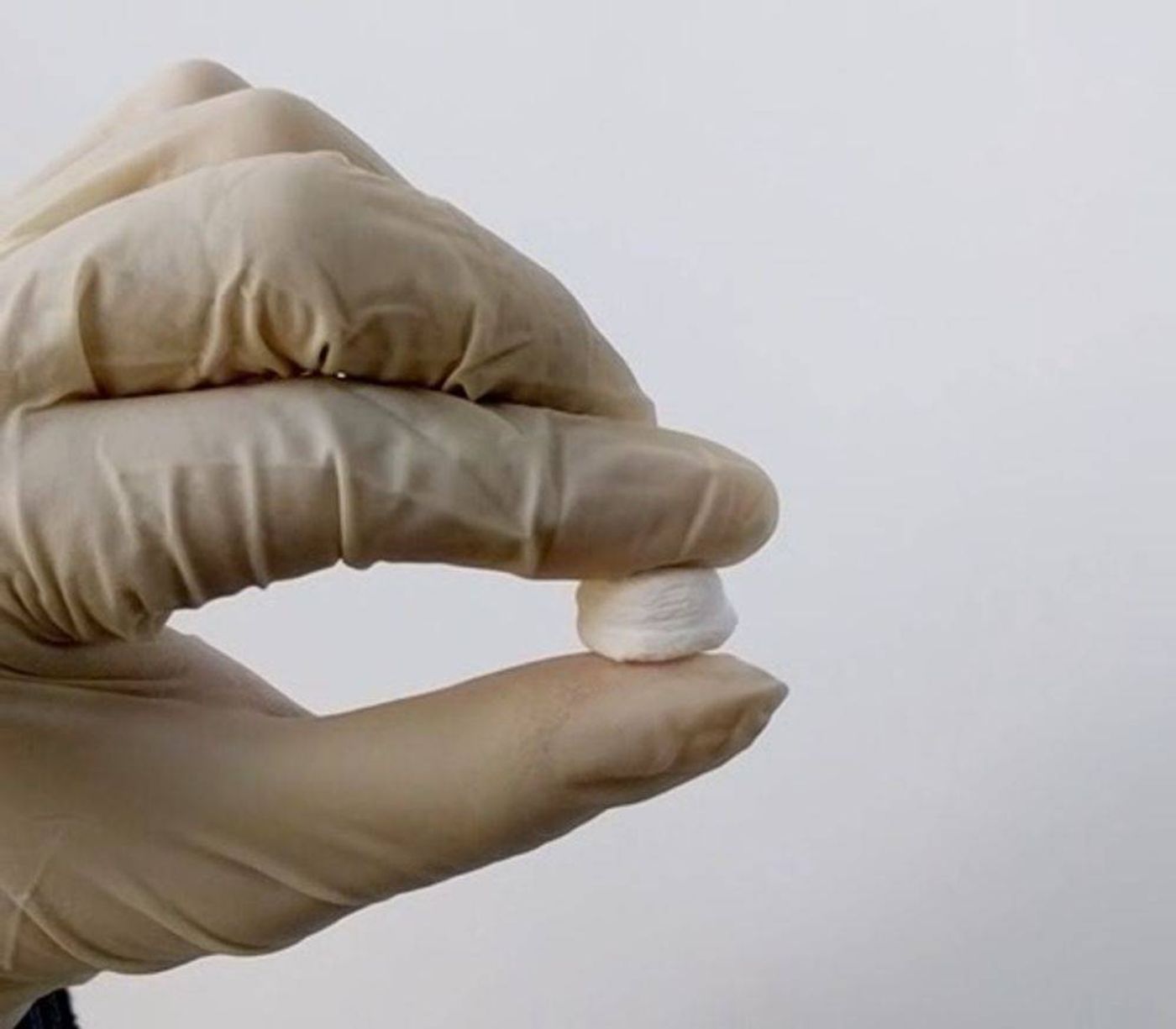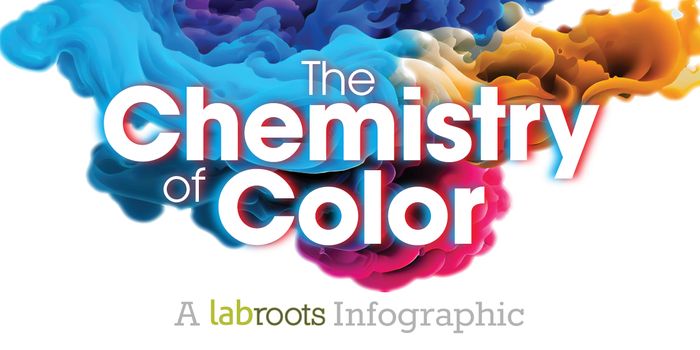New Versatile Ceramic Material is Heat-Resistant and Squishy
Ceramics are versatile materials, as they’re not only known for their heat resistance, but also their strong qualities that make the materials perfect for pottery, armor, and various other consumer and non-consumer products.
As noted in a new study in the journal Science Advances, Brown University researchers have developed a completely new type of ceramic material that is unlike probably any other ceramic you’ve come to know on present-day Earth.
Image Credit: Gao/Li/Wu/Brown University/Tsingua University
Unlike most kinds of ceramic materials that you’re probably familiar with, this new version is not only lightweight, but it’s also fluffy like a pillow. In fact, in the image above, it looks and feels just like one of those small marshmallows you might plop inside of your hot cocoa in the Winter.
The material can reportedly compress up to 50% and still rebound to its normal shape and size, which is a property completely new to the world of ceramics, which are typically hard and brittle.
"The basic science question we tried to answer is how can we make a material that's highly deformable but resistant to high temperature," said Huajian Gao, a professor in Brown University's School of Engineering and a corresponding author of the research. "This paper demonstrates that we can do that by tangling ceramic nanofibers into a sponge, and the method we use for doing it is inexpensive and scalable to make these in large quantities."
Despite what looks like a fluffy pillow, this spongy material is still strong and heat-resistant, just like other ceramic materials. The upside, however, is that it’s ultra-light, which means there are potentially several applications for this material that could replace traditional heavier ceramics.
Worthy of note, the material is incredibly cost-efficient to manufacture on a large-scale, so unlike materials like graphene, there won’t really be any difficulties in creating it for widespread use.
It’s made by using a process dubbed ‘blow-spinning,’ and this is when ceramic material is ejected out of a syringe-style device at a high rate of speed into a spinning cage, which catches the material in a string-like fashion similarly to cotton candy. The end result is a fluffy material rather than a hard one, but with temperature resistance surpassing 800º Celsius.
Interestingly, the material also has great insulation properties, as you can blast one side of the material, and the other stays cool enough to prevent damage to anything on the other side. This means the material could be perfect for insulating delicate instruments inside of spacecraft that travel close to the Sun, such as the mission expected to ‘touch to the Sun’ in the near future.
In addition to insulation, the researchers note that the end product could also be used in water purification. Titanium dioxide, one of the main ingredients for making the material, is already used for the water purification process today, but a sponge made out of the stuff could really revolutionize water purification as we know it.
Related: Graphene could be used for desalination
It certainly seems to be a wonder material at this point in time, but additional research into its properties might be necessary to determine its safety, stability, and usability in various real-world conditions. Perhaps these researchers are truly onto something great.
Source: EurekAlert









